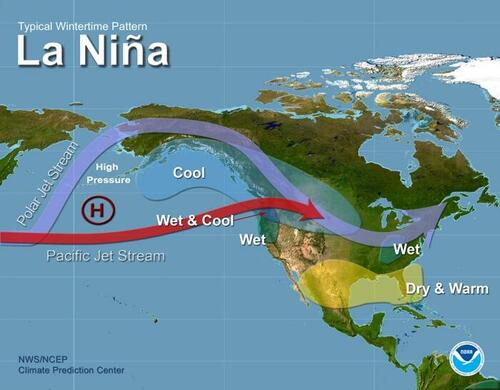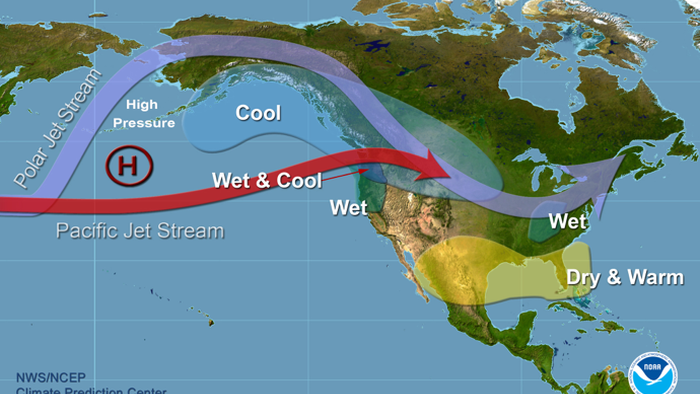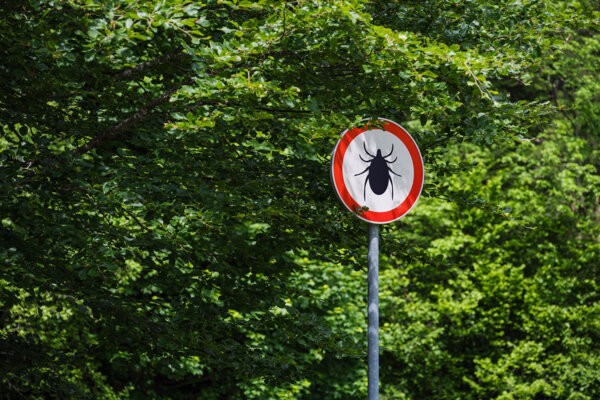The global news narrative was recently dominated by climate crisis propaganda, pushed by the globalist Democratic Party, which funneled taxpayer monies into rogue dark-money funded NGOs and rammed climate bills through Congress, all while using the guise of a ‘climate crisis’ as a maneuver to loot the U.S. Treasury. We were told the world would burn within years without higher taxes on the working poor, the elimination of cow farts, the shutdown of coal plants, bans on NatGas stoves, diesel trucks, and other radical de-growth policies that have only backfired a few short years later.
Yet here we are – still breathing air and sipping coffee – and the hurricane season was nowhere near the apocalyptic scenario meteorologists had warned earlier this year. That said, activity traditionally ramps up around this time, with a few storms now churning in the Atlantic Basin.
Another climate crisis propaganda headline over the years claimed the world’s oceans were “boiling” and that the destruction of Earth was nearing. Yet now, colder-than-normal ocean temperatures are being observed across the central and eastern tropical Pacific, with the U.S. Climate Prediction Center forecasting higher odds of a La Niña weather pattern for the Lower 48 this fall and into early winter.
“ENSO-neutral is most likely through late Northern Hemisphere summer 2025 (56% chance in Aug-Oct),” the Climate Prediction Center wrote on X, adding, “Thereafter, a brief period of La Niña conditions is favored in fall and early winter 2025-26 before reverting to ENSO-neutral. A La Niña Watch is in effect.”
ENSO-neutral is most likely through late Northern Hemisphere summer 2025 (56% chance in Aug-Oct). Thereafter, a brief period of La Niña conditions is favored in fall and early winter 2025-26 before reverting to #ENSO-neutral. A #LaNina Watch is in effect. https://t.co/5zlzaZ1aZx pic.twitter.com/YIJa3v5ka0
— NWS Climate Prediction Center (@NWSCPC) August 14, 2025
Meteorologist Ben Noll wrote on X that favored La Niña conditions to develop during October to December would “make it the 5th winter with La Niña out of the last six! This continues the trend of more frequent La Niña events over the past several decades.”
A La Niña watch has just been issued by NOAA.
La Niña conditions are favored to develop during October to December, which could make it the 5th winter with La Niña out of the last six!
This continues the trend of more frequent La Niña events over the past several decades. pic.twitter.com/kILpiSoaWw
— Ben Noll (@BenNollWeather) August 14, 2025
Does not compute…
I don’t understand how this makes sense. With warmer ocean surface temperatures, I would think El Nino’s would be more common.
— chrishenry (@chrishe10347730) August 14, 2025
With the end of the Northern Hemisphere summer a little more than a month away, here are the Lower 48 impacts on a regional-by-regional basis of what a La Niña winter means:
Northern U.S.
Colder and snowier than average across the Pacific Northwest, Northern Plains, and Upper Midwest.
The jet stream often dips south, allowing Arctic air masses to spill into these regions.
Great Lakes states usually see above-average lake-effect snow.
Southern U.S.
Warmer and drier than normal across the southern tier (California, the Southwest, the Gulf Coast, and the Southeast).
This can worsen drought conditions, strain water supplies, and elevate wildfire risks, especially in California and the Southwest.
East Coast & Northeast
Winters can be variable. La Niña often favors milder, less snowy winters for the Mid-Atlantic and southern New England.
The northern New England region sometimes still gets significant snow if cold Arctic air interacts with coastal storms.
West Coast
- Pacific Northwest (Washington, Oregon, Idaho) usually turns wetter than average, with strong storms and heavy mountain snow. California tends to be drier, though occasionally northern California still benefits from Pacific storms.

For a rough framework of what this winter might bring, the Farmer’s Almanac has released its long-range forecast for the Lower 48. Full details here.
Loading recommendations…











